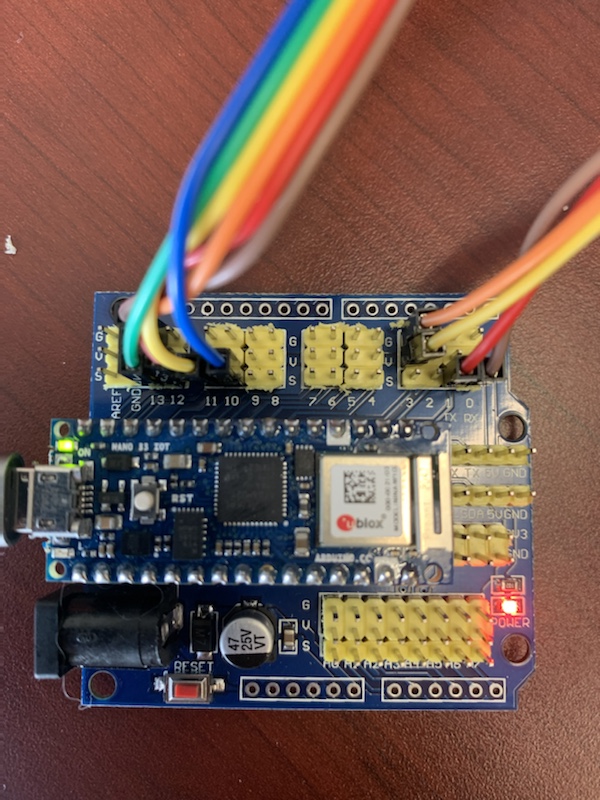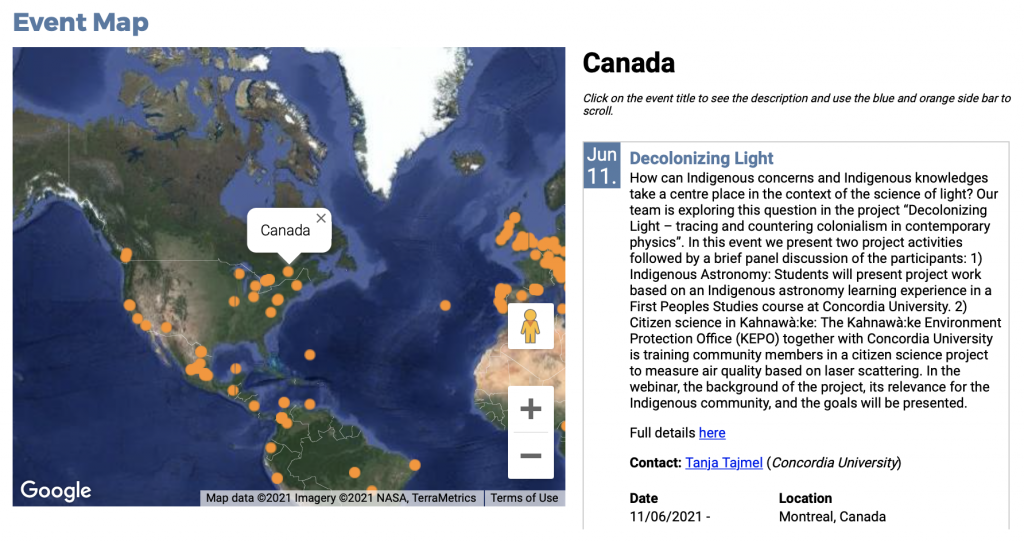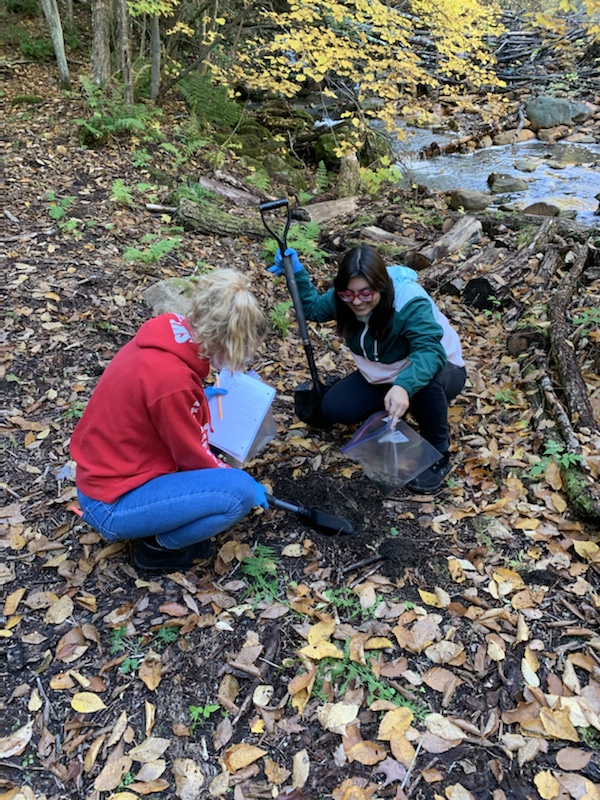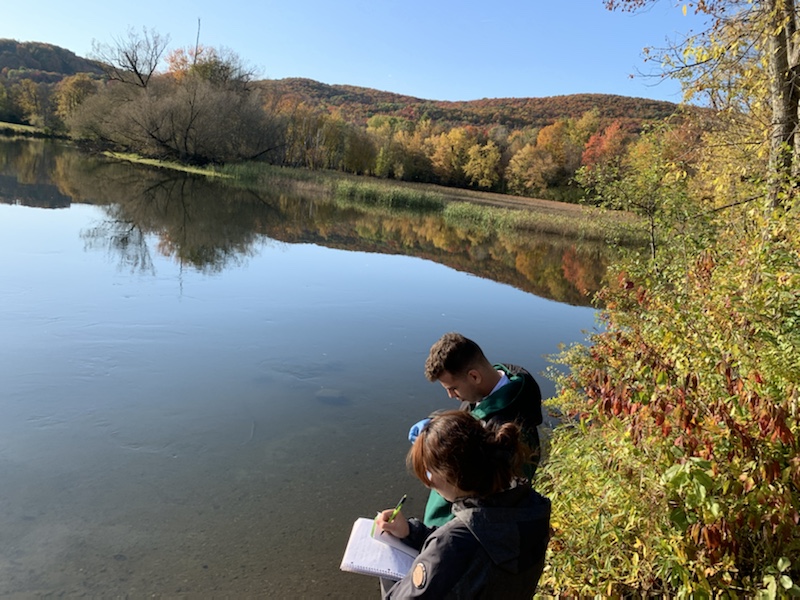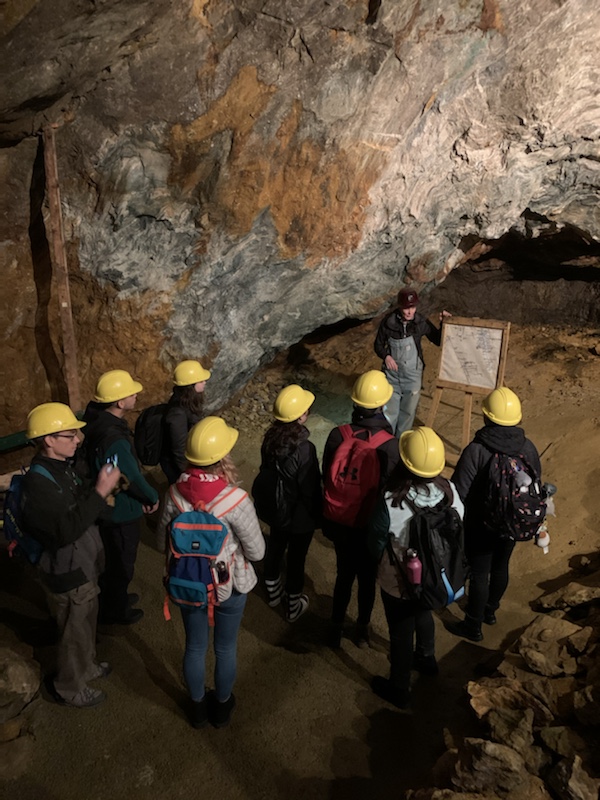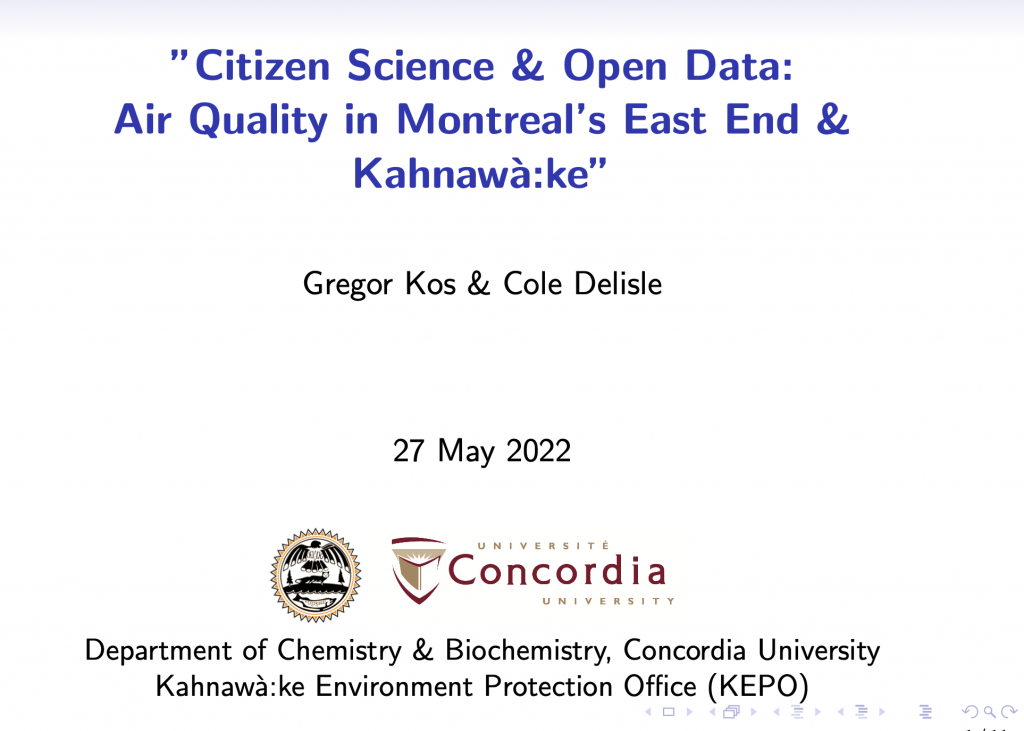
In May I had the pleasure to present recent and ongoing work done in collaboration with the Kahnawá:ke Environmental Protection Office – An effort to build a Citizen Science Air Quality Monitoring Network.
I also discussed earlier work in Montreal’s East End using a simpler sensor array to measure particulate matter only (PM2.5 and PM10) at different locations near the port and commercial installations and how it impacts local residents. The project contained an educational and outreach component to raise awareness about local air pollution among residents.
